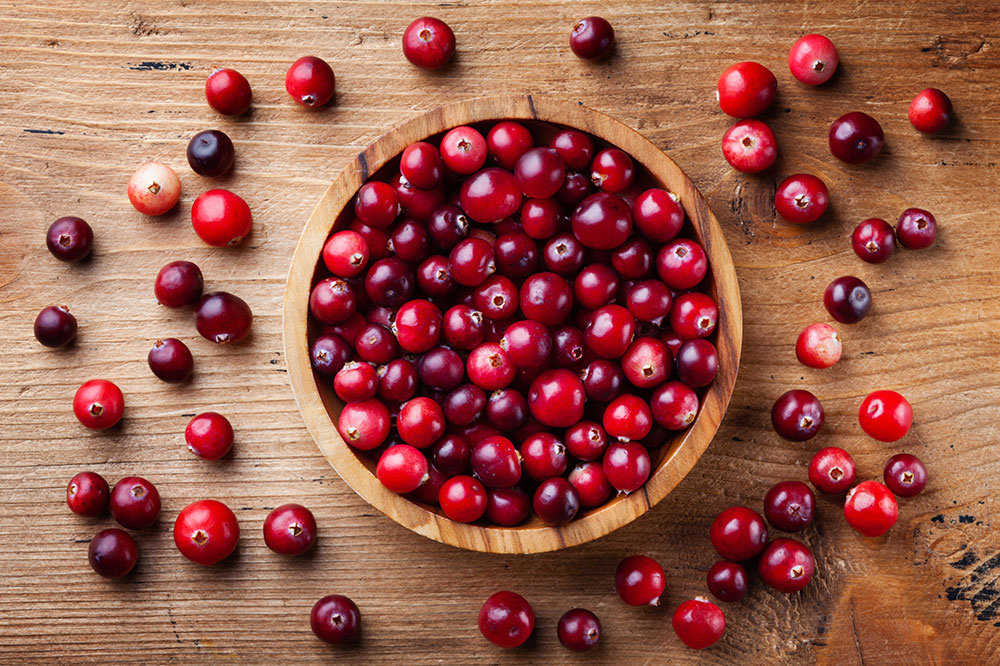Bladder health: Nutrition and products for incontinence
As the name suggests, bladder incontinence is a condition in which it becomes difficult for a person to hold their urine. Due to its embarrassing nature, many are affected emotionally and mentally and often find it difficult to be involved in outdoor activities, as they may want to use the restroom very often. Thankfully, some foods and products can help manage urinary incontinence symptoms. Let’s take a look at them.

What to eat
Vitamin C-rich foods
According to a study published by the National Association for Continence, a moderate dosage of vitamin C received from less acidic foods helps manage bladder health. However, ensure that you are not overeating eating highly acidic or citrus fruits, as they can cause you to frequent the bathroom. Consider fruits and vegetables like pears or blueberries, broccoli, Brussels sprouts, or white potatoes.
Magnesium-rich foods
Foods like bananas, dark leafy greens, quinoa, black beans, nuts, and avocado are all excellent sources of magnesium and are essential for those dealing with bladder health. According to a study published by the National Association for Continence, magnesium helps reduce muscle spasms caused in the bladder that make one want to urinate. Foods rich in this mineral should be consumed more to manage overactive bladder symptoms.
Water
It may seem ironic, but water is essential to keep the body from staying dehydrated, especially when suffering from bladder control issues. Since it is advised not to consume caffeinated beverages, water is the best solution to keep hydrated. However, control the way you drink it. Take more sips than gulps, and don’t drink a lot in one go. Lack of water can also cause UTI issues as well.
High-fiber foods
Constipation is known to put pressure on the bladder, and this makes it difficult to control urination. Foods that are a good source of fiber will keep the bowels running smoothly without any undue pressure on the bladder. Consider foods like whole wheat grains, rice, pasta, oats, quinoa, and colorful vegetables.
What to avoid
Alcohol
Alcohol, a diuretic beverage, results in excess urine production, making one want to go to the bathroom often. Since this is one of the characteristics of alcohol, those dealing with bladder issues need to be careful, as it can leave them feeling dehydrated. Even drinks like beer should ideally be avoided.
Caffeine
Several people are dependent on caffeine for some energy boost. While caffeine can give a kick start to the system, it also urgers urination more than usual. Apart from coffee, tea and carbonated drinks also contains some amount of caffeine.
Products that help control bladder incontinence
Absorbent pads
These adhesive strips hold the urine inside the underwear and can absorb up to 8 ounces or more of urine while still keeping the skin dry. These are used as disposable diapers, and they are okay to be used both by men and women. They also block urine odor, so it is a preferred choice for many.
Incontinence underwear and briefs
These are underpants that come with a built-in waterproof liner and cloth pad, which can trap up to 10 ounces of urine. Just like regular underwear, they are reusable after a good wash. They also come in a range of colors and daytime or nighttime wear. The nighttime options come with a design to hold more urine leakage than the day one. Just like the absorbent pads, they too block the odor and keep the skin dry.
Pessaries
This product is inserted inside the vagina to help compress the urethra and stop any leakage. Since there are some choices in the market, it may take trial and error to see which one works best for an individual. A doctor’s guidance can help; however, learning to do this alone is the best way.
Penile clamps
This is an effective way to control mild to moderate leakages. These clamps squeeze the penis to help keep the urethra closed. However, they can only be used for a short amount of time.
It is advised to speak to a doctor to understand which product may work best, as the frequency of leakage is different for each individual.
Apart from these products, one may also try medicines such as GEMTESA for overactive bladder control.
GEMTESA is a prescription medication to treat symptoms that stem from overactive bladder. Based on the doctor’s instructions, the single-dose pill must be taken once daily, either with meals or without. The tablets can be taken orally with a glass of water too. For adults, the tablet can also be crushed, blended with a tablespoon of applesauce, and then swallowed with water. As for the price, patients may opt for the GEMTESA Simple Savings Program that offers treatment support, such as savings on prescriptions for commercially insured patients.
While healthy eating habits help manage the symptoms of an overactive bladder, doctors may also prescribe medicines. MYRBETRIQ is one such medicine that is effective in managing urinary incontinence. MYRBETRIQ for overactive bladder is an FDA-approved prescription medicine. The dosage recommended for adult patients is usually one 25 mg tablet once every day. This could be increased to one 50 mg tablet once daily. It’s advisable to speak with your doctor before changing the dose.















